Some historical features of the Military and Civilian Medical Corps of War Zone D
War Zone D was the base of the Southern Resistance Command, established in February 1946, including 5 communes: Tan Hoa, My Loc, Tan Tich, Thuong Lang, Lac An (now Bac Tan Uyen district, Binh Duong province ). As the resistance war against the US to save the country of our army and people increasingly expanded in scale, War Zone D was expanded to rugged mountainous areas, from the Vietnam - Cambodia border to near Saigon City, Bien Hoa, Thu Dau Mot.
As a region of “sacred forests and poisonous waters”, War Zone D was once known as “the land of death”, especially the northern areas deep in the border. Due to the harsh living conditions, harsh weather, and lack of medicine, diseases had the opportunity to spread, especially malaria. Despite the difficulties, with the spirit of self-reliance and self-reliance, the cadres and soldiers of War Zone D were intelligent and creative in many ways to overcome and repel diseases. Disease prevention and treatment were placed in parallel with the task of ensuring the logistics of the war zone.
In the early days of the resistance war, there were 7 regional military hospitals on the battlefield in the Southeast. Despite the lack of medicine, technical equipment and personnel, in addition to treating wounded soldiers, the military hospitals also opened many nursing training courses, ensuring professional and military requirements. Many nurses later became leaders of the health sector in the region, the core of the Military-Civilian Medical Liaison Committee of War Zone D today.
 Up to now, the Military-Civilian Medical Liaison Committee of War Zone D has organized 31 meetings, with 3 years of interruption (2020-2022) due to the impact of the Covid-19 pandemic.
Up to now, the Military-Civilian Medical Liaison Committee of War Zone D has organized 31 meetings, with 3 years of interruption (2020-2022) due to the impact of the Covid-19 pandemic.
From the wishes of generations of Military and Civilian Medical Corps in War Zone D, in 1989, the Military and Civilian Medical Corps in War Zone D was established. The Corps consists of dedicated doctors who participated in medical examination and treatment in War Zone D - the Southeast region during the resistance wars. To date, the Corps has held 31 meetings, with a 3-year hiatus (2020-2022) due to the impact of the Covid-19 pandemic.
This year, the Liaison Committee organized the 32nd meeting in Long An province, serving as a contact point between veteran cadres and carrying out charitable activities. This is an opportunity for generations of doctors and medical staff to meet, visit, encourage, and recall the good traditions of resistance doctors; visit and share difficulties with comrades and colleagues when they are sick or in trouble;...
Proud of the Military and Civilian Medical Soldiers
Although he is 90 years old, former Director of Long An Department of Health - Lieutenant Colonel, Meritorious Doctor Tran Tan Tai still remembers clearly the heroic memories of rushing through fire and bullets to save the lives of his comrades and teammates. Sharing with us about his participation in the resistance war, Mr. Tran Tan Tai said: “I joined the resistance war against the French in February 1950, when I was only 16 years old.
In 1954, my comrades and I gathered in the North. In September 1963, I crossed Truong Son to the South to fight the Americans and save the country with the special forces battalion. At that time, I was a military surgeon.
 Former Director of Long An Department of Health - Lieutenant Colonel, Meritorious Doctor Tran Tan Tai still remembers clearly the heroic memories in the D War Zone.
Former Director of Long An Department of Health - Lieutenant Colonel, Meritorious Doctor Tran Tan Tai still remembers clearly the heroic memories in the D War Zone.
One of Mr. Tran Tan Tai's unforgettable memories was the dry season of 1967, when the American invaders swept through the 46th Reconnaissance Battalion - the unit he was stationed in. At that time, the military medical station only had him and a few nurses. Despite the imminent danger, he remained calm, encouraging his teammates to try to observe and act promptly to avoid wasting weapons and preserve their forces. After the enemy's sweep, he and his teammates continued to overcome difficulties due to lack of facilities and medicine to both provide emergency care to wounded soldiers on the battlefield and treat malaria in the rear - the disease that caused the most casualties at that time.
In 1969, Mr. Tran Tan Tai continued to study field surgery to serve the resistance war. After the course, he returned to work at the 46th Reconnaissance Battalion until 1975. After peace was restored, he assumed the role of Deputy Head of the Military Medical Department - General Staff of Military Region 7. He also participated in the Southwestern border war until March 1983 when he became Deputy Director of the Long An Department of Health. In March 1987, he became Director of the Department of Health until his retirement.
 Former Deputy Director of Long An Department of Health - Nguyen Thi Thu Ha is a female pharmacist with many positive contributions to the Forward Surgical Team stationed in Tan Tru district.
Former Deputy Director of Long An Department of Health - Nguyen Thi Thu Ha is a female pharmacist with many positive contributions to the Forward Surgical Team stationed in Tan Tru district.
Saying goodbye to Mr. Tran Tan Tai, we visited the former Deputy Director of Long An Department of Health - Nguyen Thi Thu Ha. She is a female pharmacist who has made many positive contributions to the Forward Surgical Team stationed in Tan Tru district. This Forward Surgical Team served the Nha Be battlefield and the lower Can Duoc and Can Giuoc areas.
Ms. Nguyen Thi Thu Ha said: “In 1960, I started participating in the resistance war. In 1967, I studied pharmacy and worked at the Frontline Surgical Team. The battlefield was very fierce at that time, we had to work continuously to serve 9 medical wings, each wing had about 35 patients/day.
The most difficult thing at that time was the lack of medicine and IV fluids. There was a time when my female teammates and I had to climb trees, pick fresh coconuts, then sterilize the coconut water and give it to patients instead of glucose IV fluids.
Not only did she prepare medicine, she also took part in patient care, ambulance, and liaison. “The ambulance work was very difficult at that time. After first aid for the patient, we had to make a pontoon bridge with human power or coconut shells, put the patient on it, and then take him to Duc Hue,” Ms. Nguyen Thi Thu Ha recalled. Despite the difficulties and dangers, she never backed down.
Currently, most of the soldiers of the Military Medical Corps of War Zone D are old and weak, but they are eager to meet their comrades and teammates who fought and served together in the two resistance wars. For them, the Liaison Committee meetings are a source of pride for the once heroic and glorious white-shirt soldiers and also an opportunity to review the difficult years and remember their fallen comrades./.
Over the years, the Military-Civilian Medical Liaison Committee of War Zone D has always received attention and material and spiritual support from the Provincial Party Committee, People's Committee, Department of Health of provinces and cities, and units and enterprises in the region. With the sponsored resources, the Liaison Committee regularly organizes activities of visiting, encouraging and traditional meetings. Specifically, at the end of December 2019, the Military-Civilian Medical Liaison Committee of War Zone D organized medical examinations, treatment, and free medicine distribution for 160 people and presented 10 gifts to Military-Civilian Medical officers in Tay Ninh province with a total amount of more than 46 million VND. In 2023, the Liaison Committee organized a visit to 13 veteran revolutionary comrades in Ho Chi Minh City and Binh Duong province with a total amount of more than 22 million VND. In early 2024, the Liaison Committee organized medical examinations, treatment, and free medicine distribution for 210 people and presented 10 gifts to Military-Civilian Medical officers in Duc Hoa district, Long An province with a total amount of more than 63 million VND; visited 8 veteran revolutionary comrades in Long An province with a total amount of more than 10 million VND. From 2020 to 2023, the Liaison Committee will visit and share difficulties with comrades and colleagues when they are sick or in need with an amount of 10 million VND. In addition, the Liaison Committee will collect and compile documents and images to produce a special issue "Traditional History of Military and Civilian Medicine of War Zone D", which will be completed before the traditional meeting in 2025. |
Huynh Huong
Source








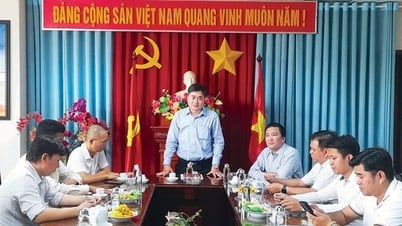

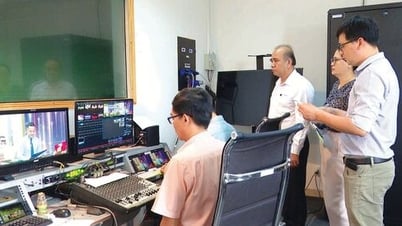
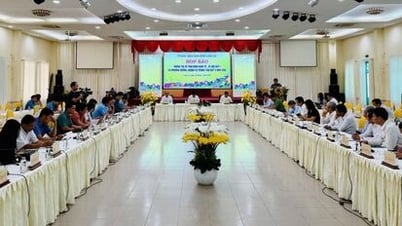
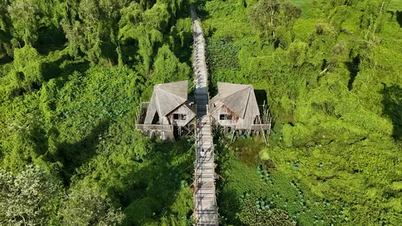
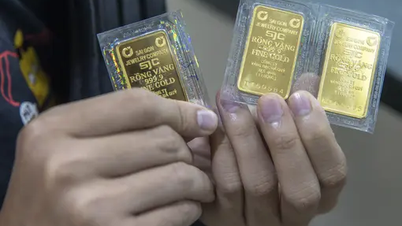
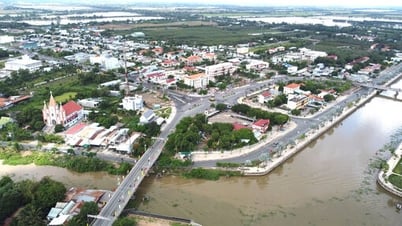









![[Maritime News] Wan Hai Lines invests $150 million to buy 48,000 containers](https://vphoto.vietnam.vn/thumb/402x226/vietnam/resource/IMAGE/2025/6/20/c945a62aff624b4bb5c25e67e9bcc1cb)
![[Photo] The 9th Congress of the Party Committee of the Office of the President, term 2025-2030](https://vphoto.vietnam.vn/thumb/1200x675/vietnam/resource/IMAGE/2025/6/20/78e7f27e8c4b4edc8859f09572409ad3)





































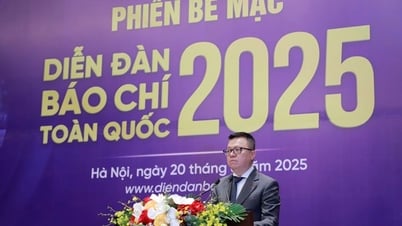

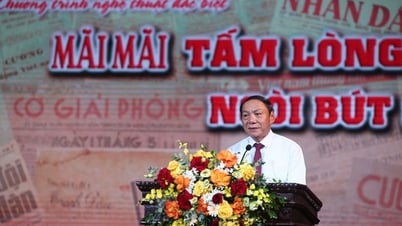
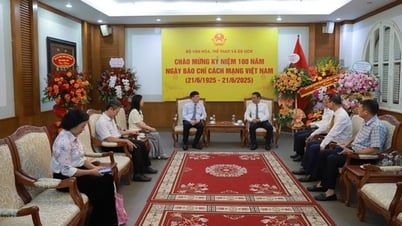


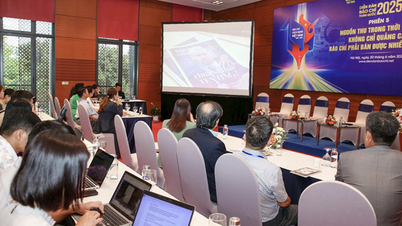
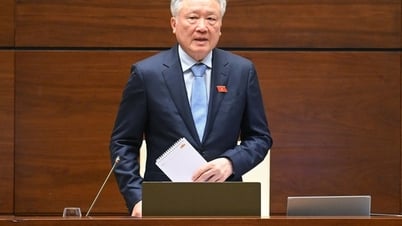
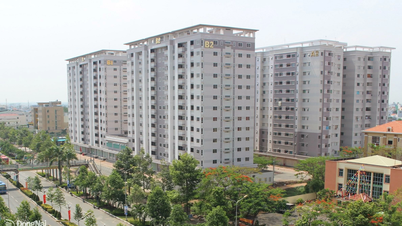

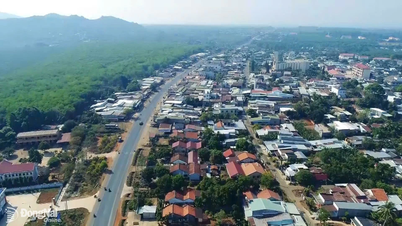


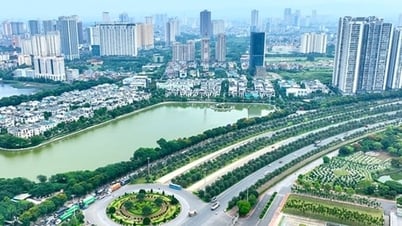
















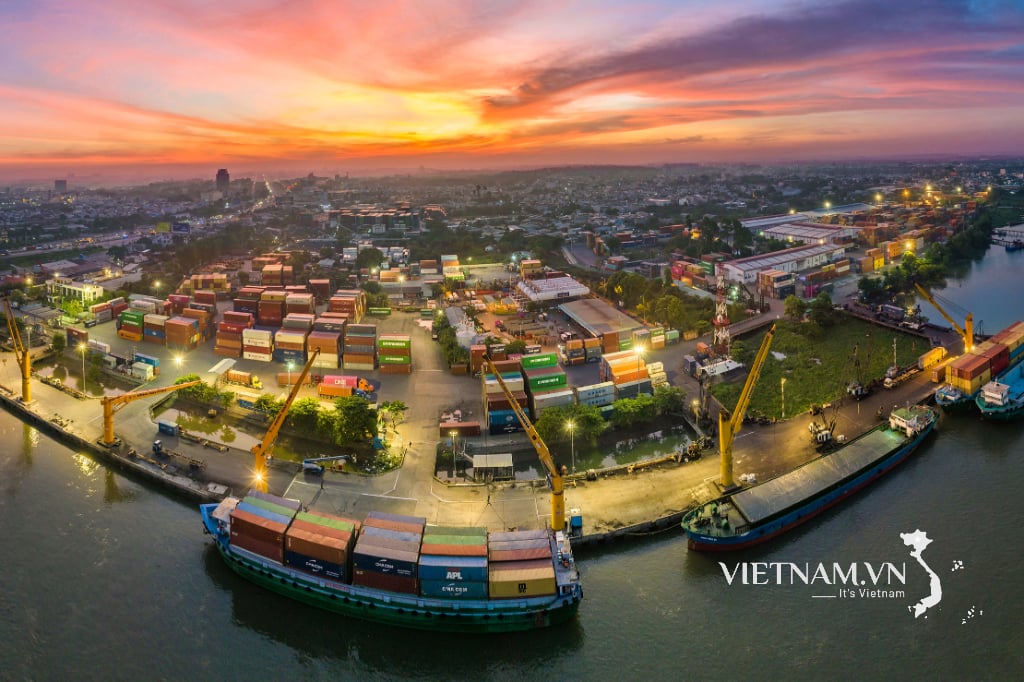

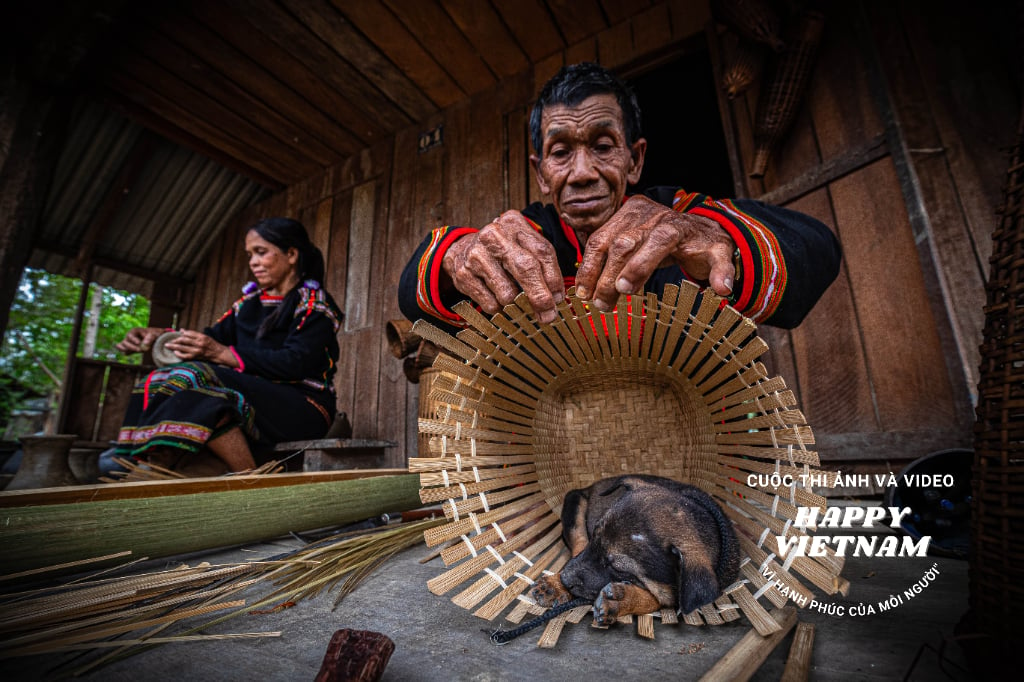
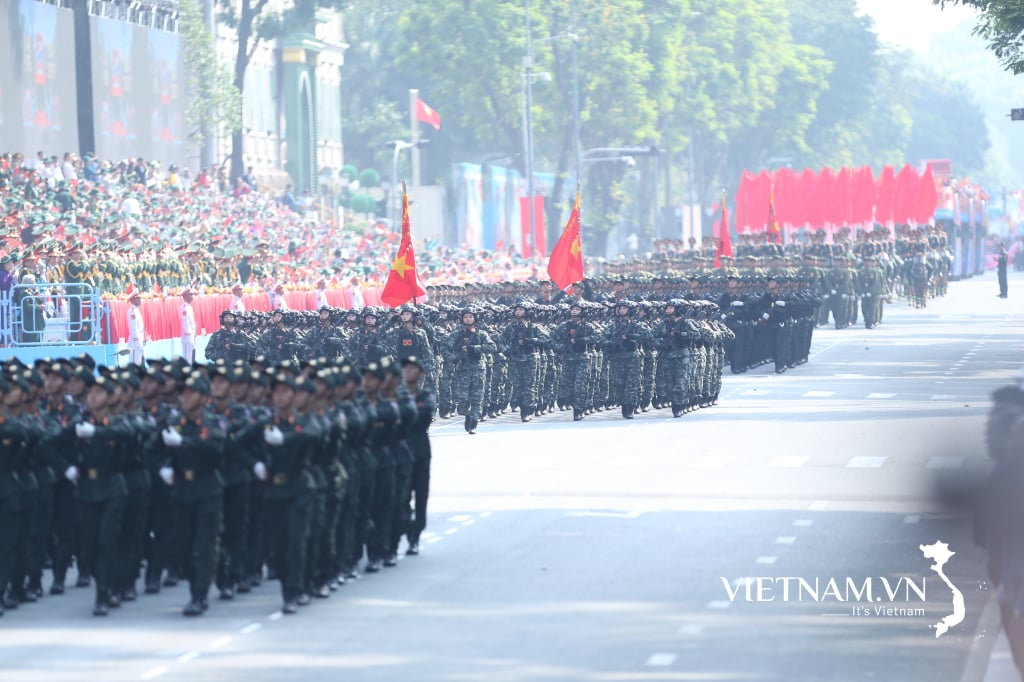
Comment (0)